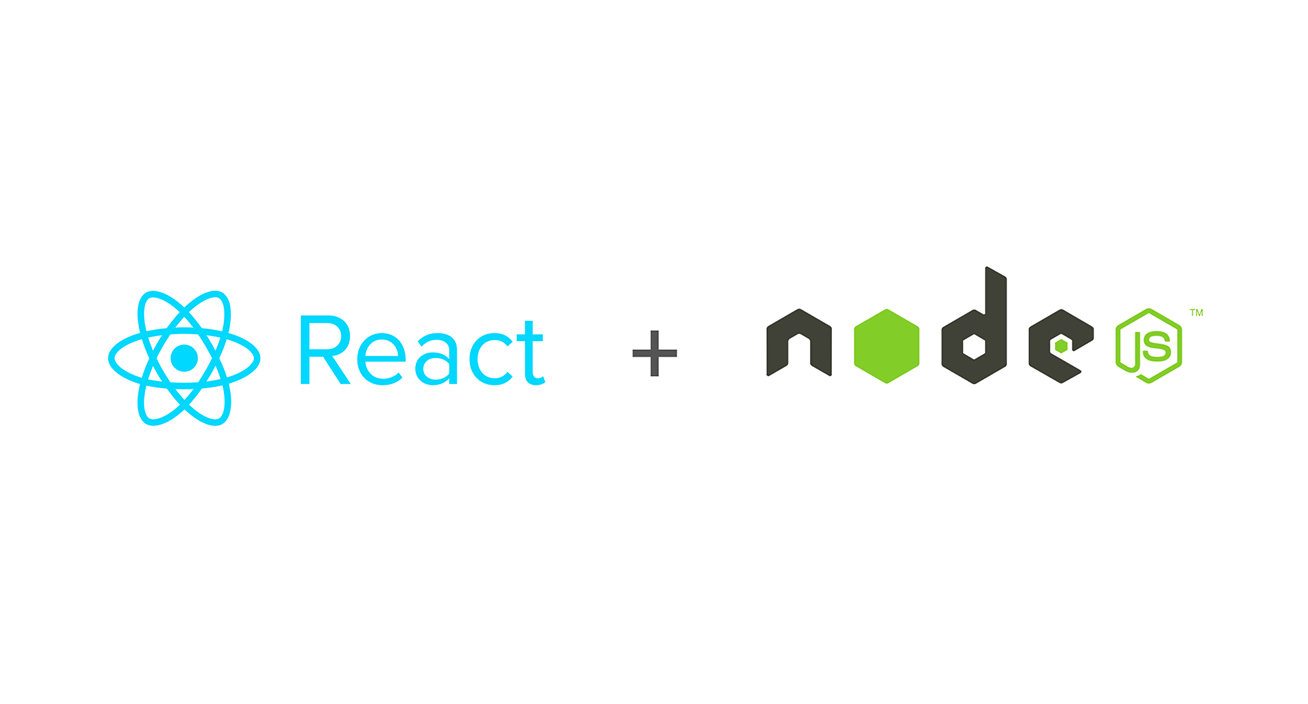
Front-end development, also known as client-side development, refers to the development of the parts of a web application that users interact with directly. This includes the visual design and layout of the application, as well as the functionality implemented in the browser using HTML, CSS, and JavaScript.
The main goal of front-end development is to create a user-friendly and engaging experience for the end-user. Front-end developers work to create visually appealing interfaces and ensure that the application is easy to navigate and use. They also work to make sure that the application works well across different devices and screen sizes.
The role of front-end development has become increasingly complex in recent years, with the rise of sophisticated web applications and the need for applications to work well on a wide range of devices. Front-end developers are expected to have a strong understanding of web technologies, including HTML, CSS, JavaScript, and JavaScript frameworks such as React.
In short, front-end development involves bringing the design of a web application to life and ensuring that it works well for the end-user.
Course Description
ReactJS
ReactJS is JavaScript library used for building reusable UI components. According to React official documentation –
React uses a virtual DOM (Document Object Model) that enables fast updates and rendering of components, making it an ideal choice for developing complex and dynamic user interfaces. React also supports server-side rendering and can be used in combination with other libraries and frameworks, making it a versatile tool for building web applications.
Node.js
Node.js is a JavaScript runtime built on Chrome’s V8 JavaScript engine. It enables developers to run JavaScript on the server-side, creating server-side applications with JavaScript. Node.js is known for its fast performance, scalability, and ability to handle a large number of simultaneous connections, making it an attractive option for building real-time, data-intensive applications.
Node.js uses an event-driven, non-blocking I/O model, which makes it efficient and lightweight for building high-performance, scalable applications. It also has a vast library of packages and modules through its package manager, npm (Node Package Manager), which makes it easy to install and reuse code from other developers.
COurse Subjects
- HTML
- CSS
- JavaScript
- Git
- GitHub
- Visual Studio
What is the target audience?
- Fresher who is looking to build their career in Web Development / Front end
- Existing professional who want to do web development
- Businesses who want to train their employee on front end development
- Educational institutions use web development to create websites and web applications for students, teachers, and staff on front end development
Curriculum
-
React JS
React JS
-
TypeScript
TypeScript
-
Redux
Redux
-
Bootstrap
Bootstrap
-
Node JS
Node JS
-
NPM / Yarn, Webpack
NPM / Yarn, Webpack
-
Jest & Enzyme
Jest & Enzyme
-
Design Principles
Design Principles
-
Design Patterns
Design Patterns
-
Build & CI Tools
Build & CI Tool...
-
Container & Docker
Container & Doc...
-
GCP / AWS Cloud
GCP / AWS Cloud
-
SDLC & Agile
SDLC & Agile
-
React JS
React JS
0.00





0 ratings



























